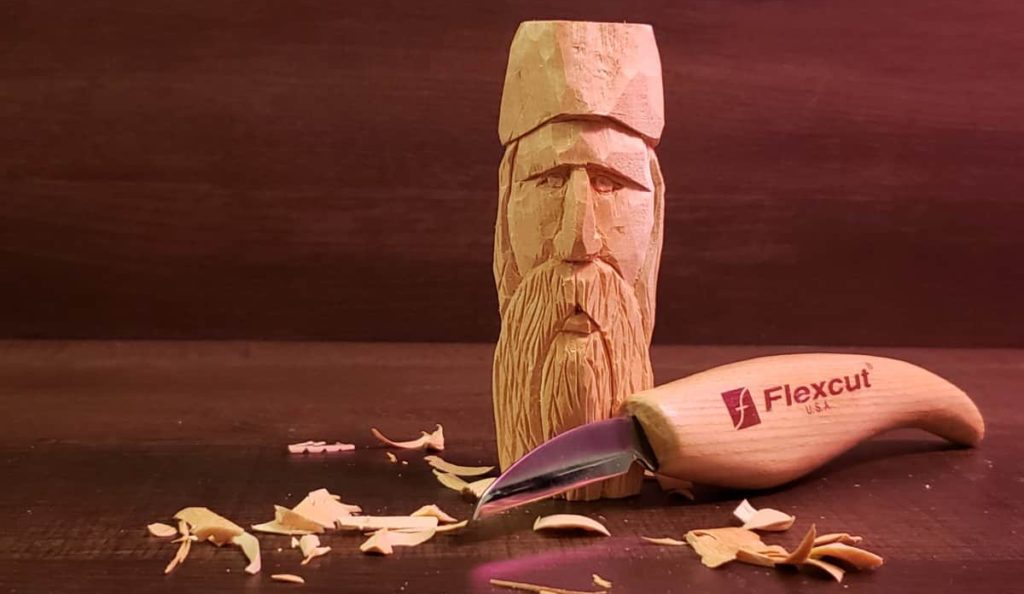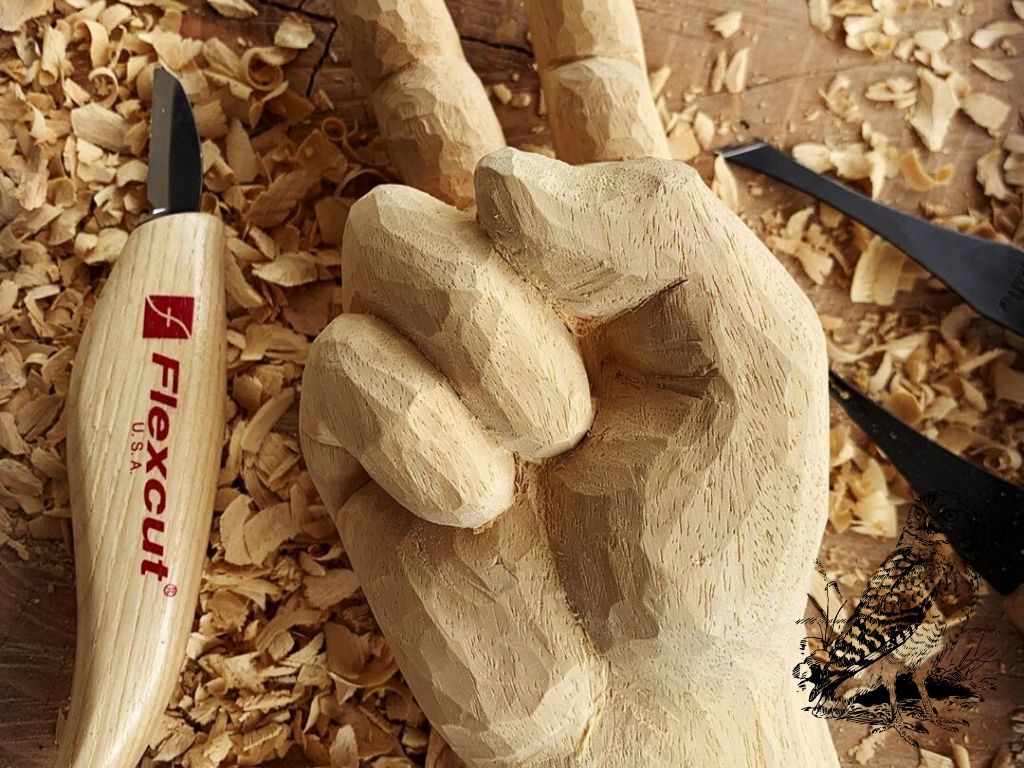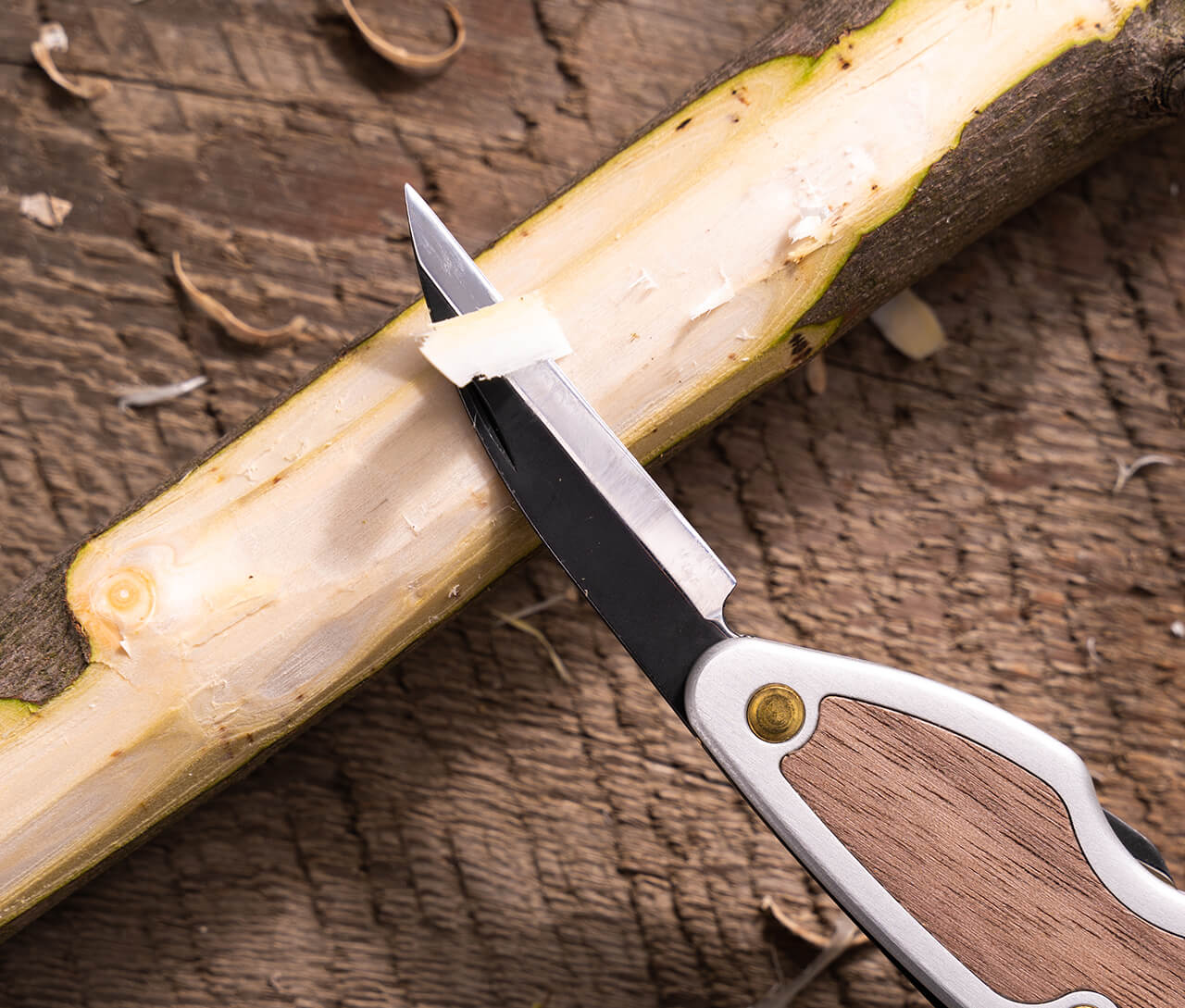The Art of Whittling: Basics and Beyond

Whittling is a centuries-old craft that involves carving shapes and designs from wood using a small knife or chisel. It’s a relaxing and rewarding pastime that allows you to create functional or decorative objects from a simple block of wood. In this article, we’ll explore the basics of whittling, from selecting the right tools to getting started on your first project.
Tools and Materials
Before diving into whittling, it’s essential to gather the right tools and materials:
- Wood: Choose softwood for your first whittling projects. Basswood, cedar, and pine are excellent options due to their ease of carving and availability.
- Whittling Knife: A small, sharp, and pointed knife with a fixed blade is the primary tool for whittling. Ensure it’s comfortable to hold and has a keen edge.
- Safety Gear: Always prioritize safety. Wear cut-resistant gloves to protect your hands and safety goggles to shield your eyes from wood chips.
- Sharpening Supplies: Keep your whittling knife sharp with sharpening stones or a honing guide.
- Workspace: Find a stable and comfortable work surface with good lighting.
 Basic Whittling Techniques
Basic Whittling Techniques
- Choosing Your Project: Start with simple projects like making a wooden spoon, a keychain, or a small figurine. As you gain experience, you can take on more complex designs.
- Safety First: Before you begin carving, ensure you’re wearing your safety gear and that your tools are in good condition.
- Hold the Knife Correctly: Grip the knife handle firmly with your dominant hand while placing your non-dominant hand on the opposite end of the knife for better control. Keep your fingers clear of the blade.
- Wood Grain Awareness: Pay attention to the wood’s grain direction. Carve in the same direction as the grain for smoother cuts and to prevent splintering.

Basic Cuts:
Learn and practice fundamental cuts, including the push cut, pull cut, and stop cut:
Push Cut: Push the knife blade away from you while keeping your fingers out of the cutting path.
Pull Cut: Pull the knife blade toward you in a controlled motion.
Stop Cut: Create a small groove by making a shallow cut along your desired outline. This prevents wood from splitting beyond the intended boundary.
Removing Excess Wood: Gradually remove excess wood to create the rough shape of your project. Start with shallow cuts and work your way deeper as needed.
Detail Work: Once you have the basic shape, focus on refining details and adding depth to your carving. Use smaller, controlled cuts to shape intricate features.
Tips for Success
- Patience: Whittling requires patience and precision. Take your time, and don’t rush through cuts.
- Start Simple: Begin with uncomplicated projects to build your skills and confidence.
- Maintain Your Tools: Regularly sharpen your whittling knife to ensure it stays sharp and safe to use.
- Safety Awareness: Always be aware of where your hands are in relation to the blade to avoid accidents.
- Experiment: Whittling is a creative endeavor. Don’t be afraid to experiment with different shapes, designs, and techniques.
- Learn from Others: Seek inspiration from experienced whittlers, whether through books, online tutorials, or joining a local whittling club.
Whittling is a relaxing and satisfying hobby that allows you to create unique wooden creations with just a few essential tools. As you gain experience, you’ll find that whittling offers a creative outlet, helps improve your concentration, and allows you to connect with the beauty of wood. Start with the basics, be patient, and enjoy the journey as you explore the world of whittling and discover the joy of transforming a simple piece of wood into a work of art.
Comments
Add comment